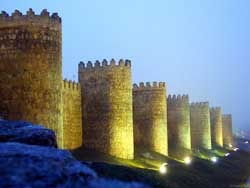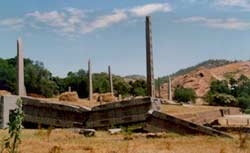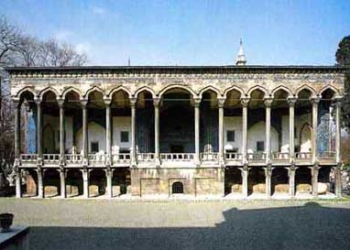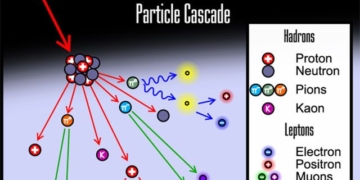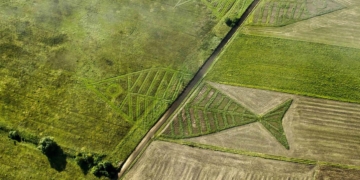The 55 km Brenner railway tunnel running through the Alps is set to be completed by 2028, allowing trains to travel at speeds of up to 200 km/h.
The Scandinavia-Mediterranean Corridor is a vital north-south route for the European economy. This corridor stretches from Finland and Sweden in the north to the island of Malta in the south, passing through Denmark, Germany, the industrial areas of northern Italy, and many ports in southern Italy. The route is straight until it reaches the Alps, where traffic slows down, creating congestion. To address this issue, in 1994, the European Union (EU) initiated the construction of the $11 billion Brenner Tunnel through the heart of the mountain range to connect Scandinavia with the Mediterranean. Situated at an altitude of 1,371 m above sea level, Brenner is the lowest tunnel crossing the Alps and can be used year-round.
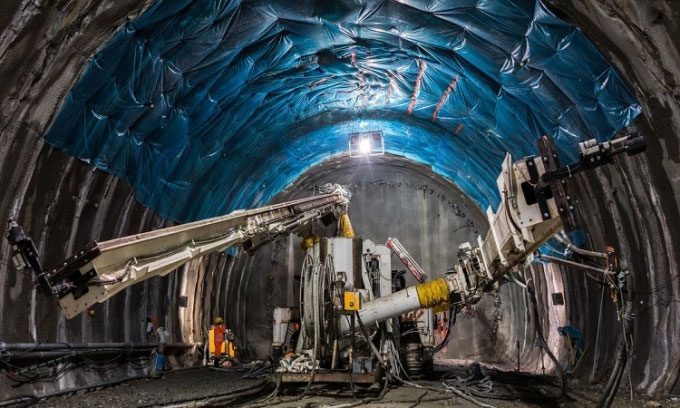
The Brenner Tunnel will be completed by 2028. (Photo: IRJ)
Constructed in 1867, the Brenner railway was connected to the E45 motorway in the 1970s, forming a crucial route from the North Sea to the Mediterranean and vice versa. Today, the Brenner railway transports 40% of the total cargo across the Alps. Due to the steep terrain and factors that reduce train speed, over two-thirds of the cargo is actually transported by road.
Repairing the existing railway is nearly impossible due to the terrain; therefore, the EU decided to build an entirely new railway tunnel through the Alps. Starting from Innsbruck in Austria and connecting to Fortezza in Italy, the main tunnel will stretch 55 km. When combined with auxiliary tunnels in Innsbruck built in 1994, the project will become the longest underground railway network in the world, totaling 64 km, surpassing the Gotthard Base Tunnel in Switzerland.
The project includes a pilot tunnel intended to assess the conditions of the route before construction, which will also serve as a drainage system upon completion. The two main tunnels are spaced 70 m apart and will accommodate trains running in both directions, along with four access tunnels on either side that connect to the surface and facilitate material transportation. Three emergency stations will be constructed every 20 km to provide escape routes for passengers if needed.
Construction began in 2008, with excavation occurring at four main sites over more than a decade. Digging a tunnel through the mountains is no easy task. The route passes through four different types of rock and one of the longest fault lines in Europe. As a result, engineers must employ both blasting and Tunnel Boring Machine (TBM) methods in a 50/50 ratio.
For sections using the blasting method, explosives are placed in drilled holes and detonated. The broken rock is then removed using heavy machinery. After clearing the debris, the construction team sprays concrete to stabilize the ground, followed by the installation of anchors, arch beams, and rebar mesh to create a support structure. The sections using TBM are significantly simpler. The boring machine removes material, which is transported via conveyor belts and reinforces the tunnel as it progresses. With an internal diameter of 8.1 m, the total amount of excavated material from the project is 21.5 million m³.
Once completed in 2028, the Brenner Tunnel will enable trains to travel at speeds of 200 km/h. The journey from Innsbruck to Fortezza will be reduced from 80 minutes to just 20 minutes.








































